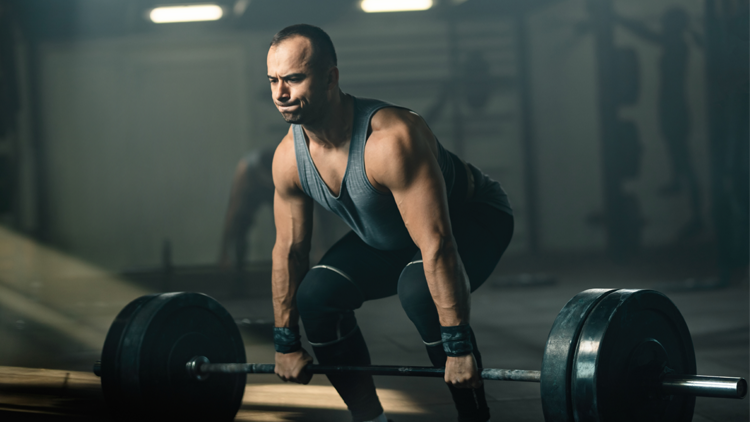
Looking to elevate your Mixed Martial Arts (MMA) performance? Discover the power of the MMA Full Body Workout. This article delves into an effective routine tailored for MMA athletes, emphasizing full-body strength and power. Explore rotational movements, lateral chain work, reactive drills, and targeted exercises for the legs and hips. Unleash your potential and dominate the MMA arena with enhanced strength and power.
Introduction
In MMA, the ability to generate explosive power, maintain balance, and exhibit exceptional strength is paramount. Athletes must follow a comprehensive training program that targets various muscle groups while emphasizing functional movements to achieve these attributes. This article presents a workout routine focusing explicitly on improving full-body strength and power for MMA fighters.
The Importance of Full-Body Strength and Power in MMA
MMA demands many physical attributes, including strength, power, agility, and endurance. Developing full-body strength and control enhances striking force, takedown ability, and overall performance inside the cage. It enables fighters to generate the necessary energy to execute powerful strikes, explosive takedowns, and dominant ground control. Furthermore, a well-rounded training program reduces the risk of injuries and improves durability during intense fights.
The MMA Fully Body Workout Overview
The workout outlined here is designed to target multiple aspects simultaneously, ensuring that the athlete develops a holistic set of physical attributes required for MMA success. The exercises selected in this routine have been carefully curated to enhance full-body strength and power, focusing on rotational movements, lateral chain work, reactive drills, and activities targeting the legs and hips.
Rotational Movements: Unleashing Explosive Power
Rotational movements play a pivotal role in MMA, enabling fighters to generate immense power through their punches, kicks, and takedowns. Exercises like medicine ball twists, Russian twists, and woodchoppers can be incorporated into the workout routine to enhance rotational power and core stability.
Lateral Chain Work: Enhancing Stability and Agility
The lateral chain refers to the muscles along the sides of the body, including the obliques, hips, and glutes. Strengthening these muscles is vital for maintaining stability, balance, and agility in MMA. The training regimen can include exercises like lateral lunges, lateral bounds, and side planks to improve lateral chain strength and stability.
Reactive Drills: Improving Reflexes and Quickness
Reacting swiftly to an opponent’s movements is crucial in MMA. Reactive drills such as ladder drills, agility cone drills, and reaction ball exercises can be incorporated into the workout routine to enhance reflexes, agility, and quickness.
Chest Passes and Overhead Exercises: Boosting Upper Body Strength
A fighter needs a solid, explosive upper body to deliver powerful strikes in MMA. Exercises like medicine ball chest passes, overhead presses, and push-ups can be integrated into the workout routine to develop upper body strength and power.
Rotational Tosses: Developing Core Stability and Power
Rotational tosses involve explosive movements where an object is thrown with force while engaging the core muscles. These exercises mimic the rotational forces involved in MMA strikes and takedowns. Examples of rotational toss exercises include rotational ball slams, rotational shot put throws, and rotational cable exercises.
Sumo Deadlifts: Strengthening Lower Body Muscles
The lower body is crucial in generating power for takedowns, kicks, and explosive movements in MMA. Sumo deadlifts, a variation of the conventional deadlift, target the glutes, hamstrings, quadriceps, and lower back muscles. Incorporating sumo deadlifts into the workout routine can significantly improve lower body strength and power.
Lunges, Hypers, and Copenhagen Exercises: Building Leg and Hip Strength
Leg and hip strength are essential for executing powerful kicks, explosive takedowns, and maintaining a solid base in MMA. Lunges, hypers, and Copenhagen exercises are highly effective for strengthening these areas. Including these exercises in the workout routine can enhance leg and hip strength, stability, and overall performance.
Conclusion
To excel in the world of MMA, it is vital to prioritize full-body strength and power. The workout routine outlined in this article offers a comprehensive approach to developing these attributes. By incorporating rotational movements, lateral chain work, reactive drills, upper body exercises, rotational tosses, lower body exercises, and exercises targeting the legs and hips, fighters can enhance their overall performance in the octagon. Consult a qualified trainer or coach before starting any new workout program.

























